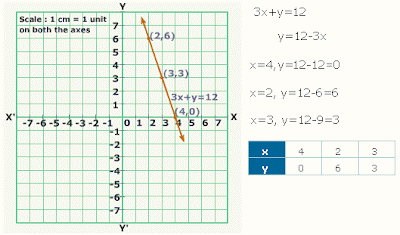What is the definition of mean median and mode?
Mean is a parameter of central tendency measure. The central tendency measure indicates the average value of data, where the term average is a generic term used to indicate a representative value that describes the general centre of data. Mean for raw data and for grouped data. For grouped data it is known as frequency distribution. Mean is the central value of the distribution in the sense that positive and negative deviations from the mean balance each other. It is a quantitative average.
Median is the central value of the distribution in the sense that the number of values less than the median is equal to the number of values greater than the median. So, median is a positional average. Median is the central value in the sense different from the arithmetic mean. In case of the arithmetic mean it is the numerical magnitude of the deviations that balances but, for the median it is the number of values greater than the median which balances against the number of values of less than the median.
Mode is defined as the value of the variable which occurs most frequently. Mode is for both raw data and grouped data. In raw data the most frequently occurring observation is the mode that is data with highest frequency is mode. If there is more than one data with highest frequency then each of them is a mode. Thus we have unimodal means single mode, bimodal means two mode and trimodal means three modes data sets. In grouped data mode is that value of (x) for which the frequency is maximum. If the values of (x) are grouped into the classes such that they are uniformly distributed within any class and we have a frequency distribution than we calculate maximum frequency by using formula.
What is the mean median mode in math?
Now we discuss about what does mean median mode mean in math. There are some formulas in math for mean median and mode.
For raw data mean= [∑x/n], x is refers to value of observation, n is the number of observations.
For grouped data mean= [∑fx/∑f]
Median= [(n+1)/2]
Mode=L+ [f0-f1/2f0-f1-f2]*h, L is lower limit, f0 is largest frequency, f1 is preceding frequency, f2 is next frequency and h is width.
Now, How to find the mean median and mode. Suppose we have given some problem then to find mean median and mode we can use above formula, by using formulas we can get the results.






